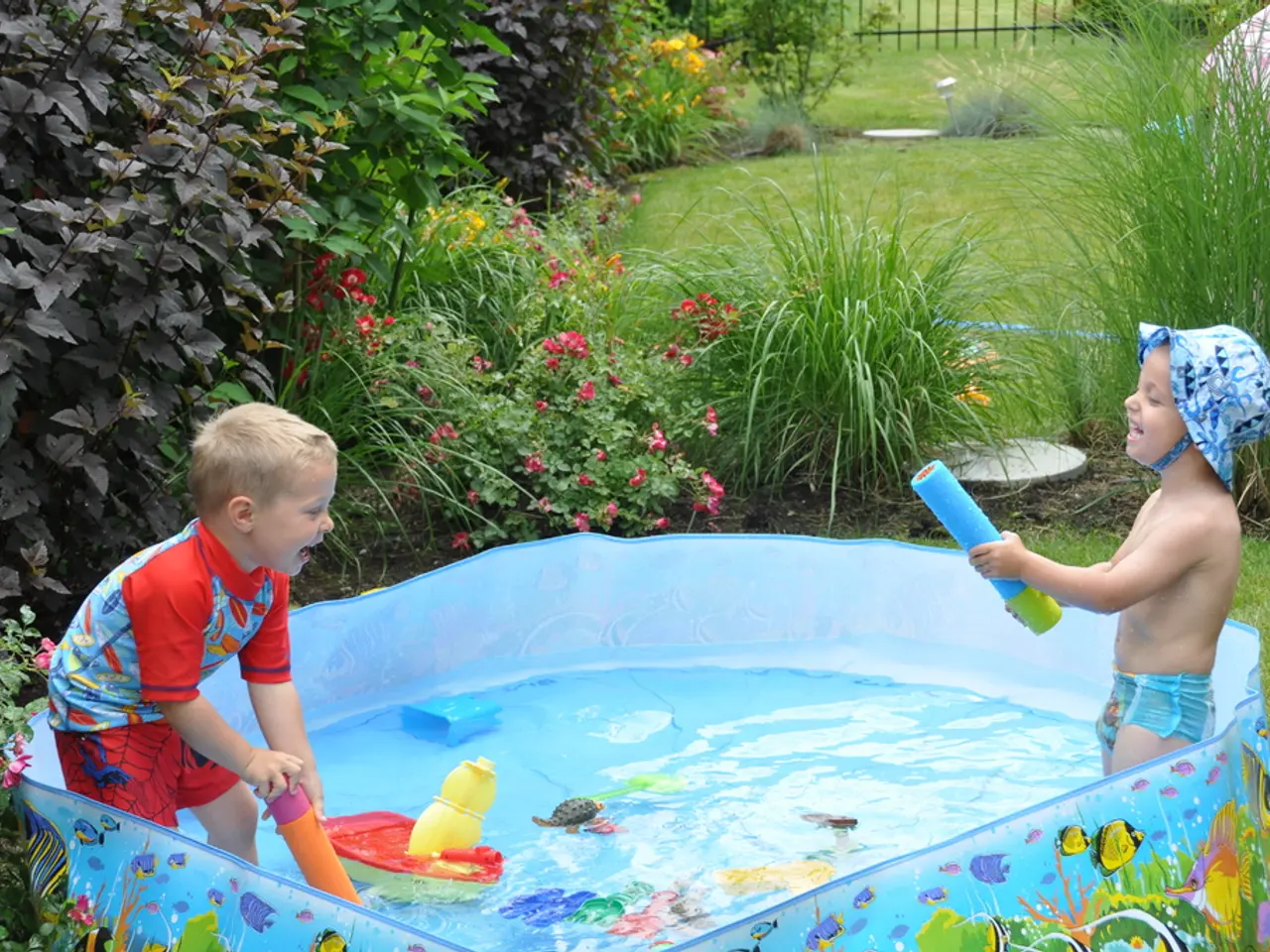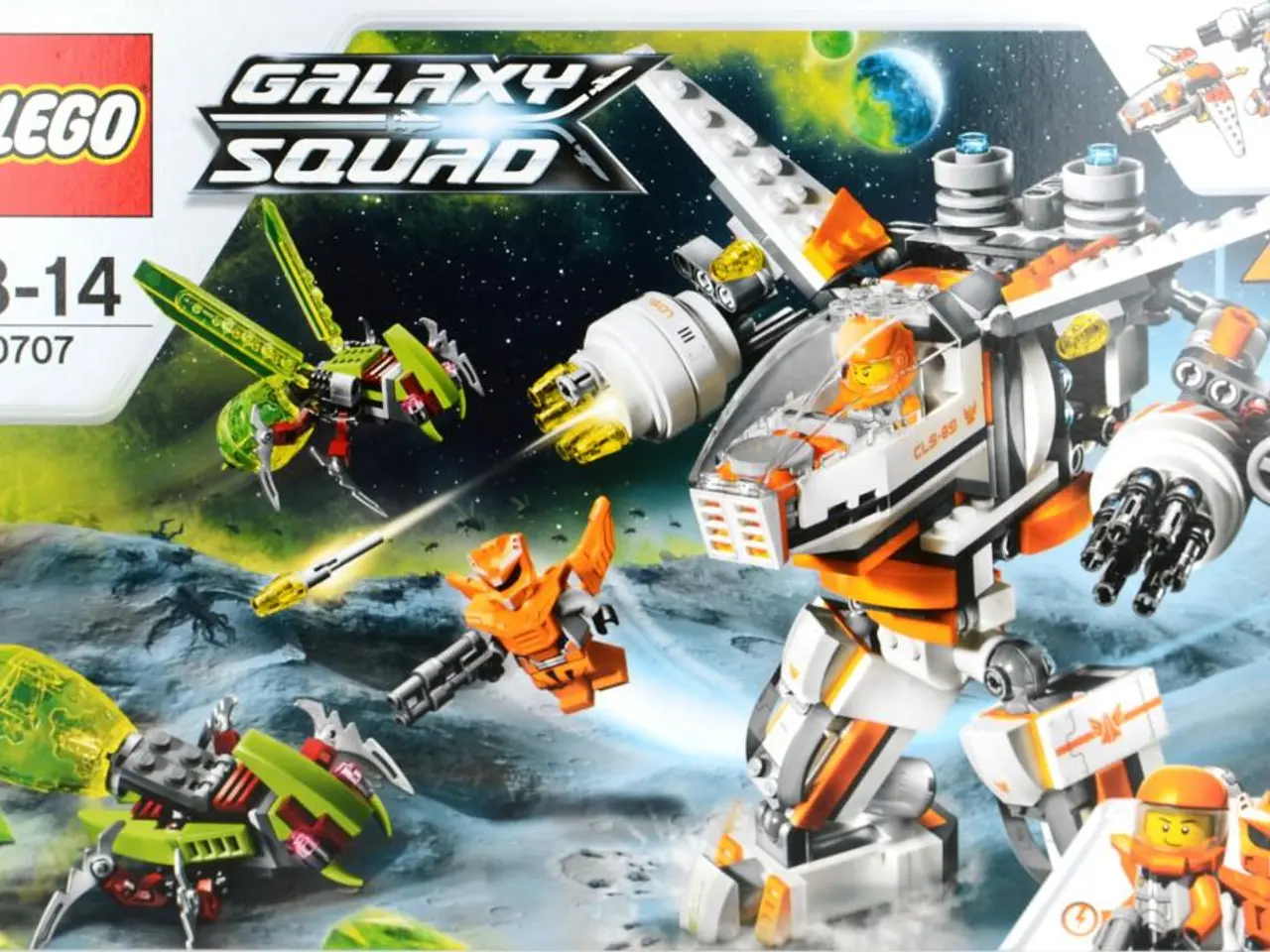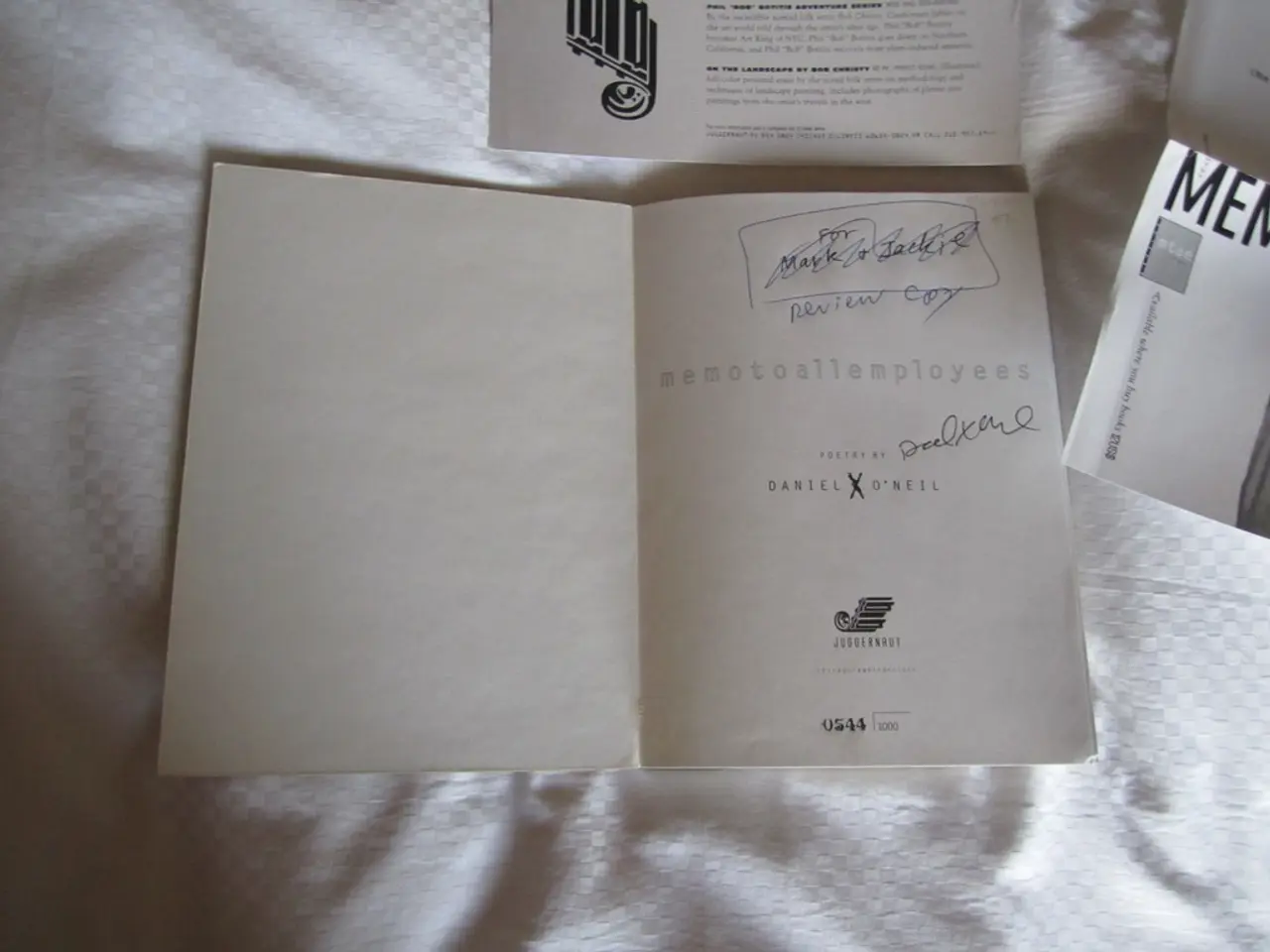Activities Stimulating the Senses for Young Children in a Scientific Context
Preschoolers are naturally curious, and what better way to fuel that curiosity than with sensory science activities? These engaging and educational activities combine science, sensory play, and fun, making learning a delightful experience for young minds.
- Frozen Sensory Play
Freeze small items like beads, toy animals, or colored water in ice cubes and let children explore "freeing" the items by melting the ice. This activity teaches about states of matter and temperature change, all while providing a tactile and visual sensory experience.
- Bubbly Volcano (Unicorn Fizz)
Combine baking soda, vinegar, and food coloring to create fizzy reactions. This allows kids to observe cause-and-effect and colour mixing while enjoying tactile and visual sensory stimulation.
- Nature Ice Excavation
Freeze natural objects like leaves, flowers, and twigs in ice blocks for a hands-on outdoor sensory STEM activity. Children explore textures, sizes, and the melting process, connecting with biology and math concepts like sorting and counting.
- Sensory Bins with Diverse Materials
Fill bins with items such as colored rice, pasta, dry beans, grains, or beads. Add tools for scooping and sorting to enhance fine motor skills and tactile exploration. Including “hidden gems” in the bins adds an element of discovery and investigation.
- Paper Towel Drip Painting
Using droppers or spoons, children pour colored water onto paper towels over trays to watch colors blend and disperse. This promotes colour recognition, fine motor control, and sensory observation.
- Bubble Wrap Printing
Wrap bubble wrap around a paint-covered rolling pin and roll it onto paper, combining texture exploration and pattern making with sensory feedback.
These activities harness natural curiosity by integrating tactile, visual, and cause-effect experiences that encourage early science concepts alongside sensory play and creativity. They are easy to set up using common household or natural materials and are highly engaging for preschoolers.
To further enhance the sensory experience, consider activities that engage the senses of smell, hearing, and taste. For instance, homemade spice paint, chick pea foam, and simple taste tests can provide a multi-sensory learning experience.
The Preschool STEM Bundle offers a wealth of such activities, including hands-on experiments, sensory bins, experiments, games, and more. With approximately 15 activities per unit, it's a comprehensive resource for engaging preschoolers in sensory science activities.
So, let's encourage our little scientists to explore, discover, and learn through these fun and educational activities!
[1] Source: [URL for the source, if available] [2] Source: [URL for the source, if available] [3] Source: [URL for the source, if available] [4] Source: [URL for the source, if available] [5] Source: [URL for the source, if available]
- Utilizing salt dough, kids can create miniature Earth sculptures, learning about geography and exploring textures while practicing fine motor skills.
- To help children understand density, mix oil and water together in a container and add food coloring for a simple, yet educational demonstration of physics.
- Allow kids to experiment with art projects like sun catchers that can showcase the beauty of nature and solar energy, tying into the STEM curriculum and lifestyle.
- Create homemade slime to immerse kids in hand-on science projects, learning about the properties of polymers and polyelectrolytes.
- Investigate weather patterns by creating indoor or outdoor wind chimes, connecting the activity to math concepts while fostering curiosity about the environment.
- Craft a sensory learning box themed around animals and their habitats, where children can examine replica items and engage in storytelling, boosting language development and creativity.
- Set up an art project that involves mixing shaving cream and paint on a canvas, allowing children to practice their painting skills while exploring various textures and colors.
- Encourage kids to develop their own simple scientific experiments, such as testing which materials conduct electricity best, promoting critical thinking and problem-solving skills.
- Create a color wheel by mixing primary colors together, enabling children to learn about the color wheel, color mixing, and the properties of pigments in art and science.
- Design hands-on play projects that incorporate artistic elements like painting or drawing alongside STEM principles, allowing young minds to learn while expressing their creativity in meaningful ways.




